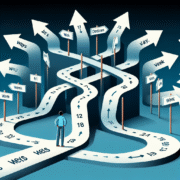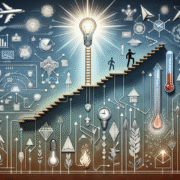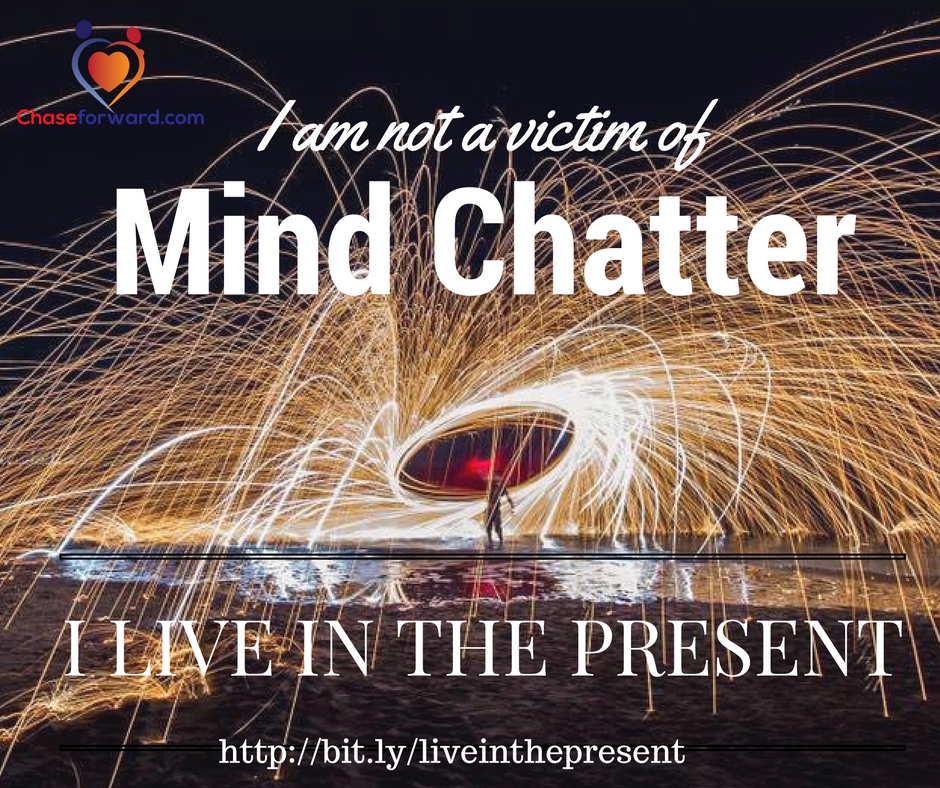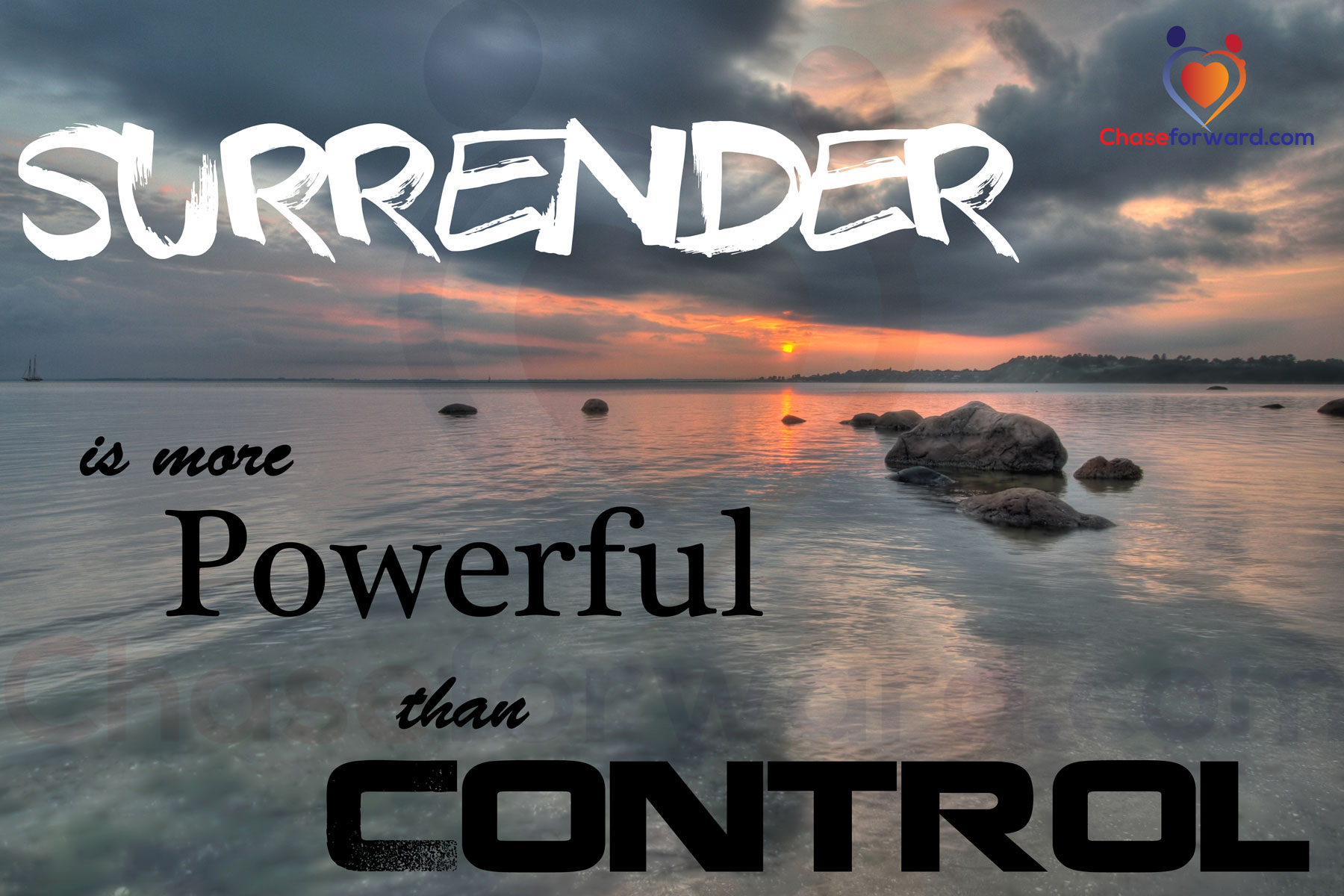There is a prevailing fear in our society of not having enough. Falling short. Being without. It’s an idea that is programmed into us from our parents, peers, and out of the natural human tendency to focus on the negative rather than positive.
There is nothing wrong with money, and there is nothing wrong with having lots of it. Abundance is a wonderful thing, but more importantly is to realise that you have limited time on this earth, and although money is important, it’s not most important. Why spend all your time chasing money only to miss out on experiencing your greater calling.
[ctt template=”6″ link=”LbtW5″ via=”no” ]”Chasing money and missing out on life. What a waste.” – Mike Leembruggen[/ctt]
Figuring out your purpose on this earth and why you are here is something most of us don’t focus enough attention on. In my time of figuring those things out there is a constant nagging thought in the back of my mind that I need to start making money again. What if I run out. How long can I go like this. What should I pursue right now so that I am financially secure. It’s all based on fear.
The problem with those thoughts is that they delay me from my ultimate purpose. If I have the mindset that money is abundant. Money can be created easily, then I have no need to worry about it. My thoughts create reality around me. What is limited is time. Time waits for no one, so the time I spend worrying about money is time I lose not seeking, waiting, listening and hearing from the universe and my inner self.
If I can learn to listen, and be patient, then money will flow If I operate in my true purpose.
The focus here is on reducing your internal pressure to make money now when there are bigger things in life to get sorted out first. The irony is that when you figure those things out, money, abundance, happiness and all good things will naturally flow.
[ctt template=”6″ link=”OI5Nb” via=”yes” ]”The pursuit of money leads us into a trap. It is much better to be without money than to be without purpose.” – Mike Leembruggen @mikeleembruggen[/ctt]
What is your purpose? Why are you here on this earth?
If you don’t get that right, then you are living life in busyness rather than on purpose. We all need money to survive in this modern world, but how much is enough? What if you could take the focus off money and put your focus on your higher purpose? What if once you did that, you wouldn’t have to strive so hard for money to come into your life. What if it just naturally flowed to you and success was just natural. It is a potential reality if you choose it.
That’s what we are aiming for here. If you are at a point in your life where you have a chance to take some time out, and spend time figuring out your ultimate purpose. TAKE IT. Don’t stress about the money. Don’t let your family, peers, or your mind sabotage you into short changing yourself. If you truly believe that money will flow, it will. If you seek the answers to why you are here, you will find them.
There is no greater purpose than to figure out why you are on this earth and how you are meant to impact this world.
What is the greater loss? Money or Time? Which can you not get more of?
If you are still reading this, take encouragement that you are on the right path. Money is not the most important thing you need right now.
[foogallery id=”120″]










